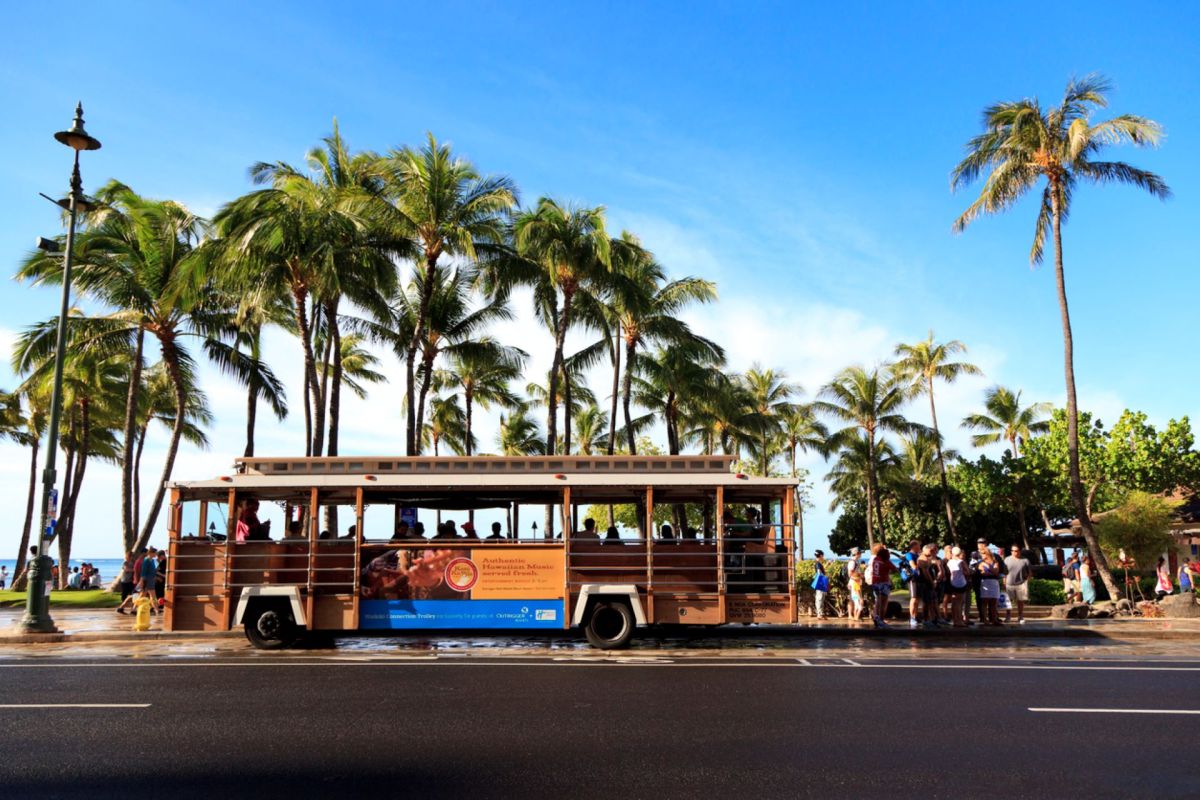Making the switch from a gas-powered vehicle to an electric car is relatively easy, but making the switch for an entire fleet of 45-foot tour buses? That's a totally different animal.
However, one company is making the effort to electrify its fleet to support Hawaii's tourism industry while protecting the beauty of the state.
Tour bus company Roberts Hawaii has recently purchased three new battery electric, 45-foot, 56-passenger tour buses thanks to several state and federal programs. These buses will be used to escort folks to some of the most popular destinations on the island, including the Pearl Harbor National Memorial.
The decision to purchase the buses is on par with Hawaii's goal to power its transportation sector by 100% renewable energy by 2045, and GovTech says it's the first electric fleet of its kind in the U.S.
"This is a big step. And just like a good hike, the most important step isn't the last step. It's the next one," said Deputy State Chief Energy Officer Stephen Walls in a press conference.
Hawaii isn't the only state making waves in the movement to electrify its bus fleet. Proterra, a California-based electric bus maker, plans to construct an EV bus charging station in Newark, California, that can charge 40 buses at once. Similarly, New York Governor Kathy Hochul announced that the state would offer $100 million for zero-emission school buses in the state.
Electric buses can save cities upwards of $170,000 per unit each year in fuel and maintenance. But there's even more saved in human health costs, including lower risks of asthma and respiratory-related health costs because of the pollution from tailpipes.
There are also numerous environmental benefits to shifting to EV buses. It's estimated that 1,000 EV buses can save close to 500 barrels of diesel from being burned in a single day. That's a lot less air pollution and planet-warming gases that are escaping into the atmosphere.
Since Hawaii has such a large tourism sector, shifting it to more renewable energy has tremendous potential to decrease its carbon footprint. It may also convince more tourist cities to adopt new EV technologies to support their own industries.
Join our free newsletter for weekly updates on the coolest innovations improving our lives and saving our planet.









